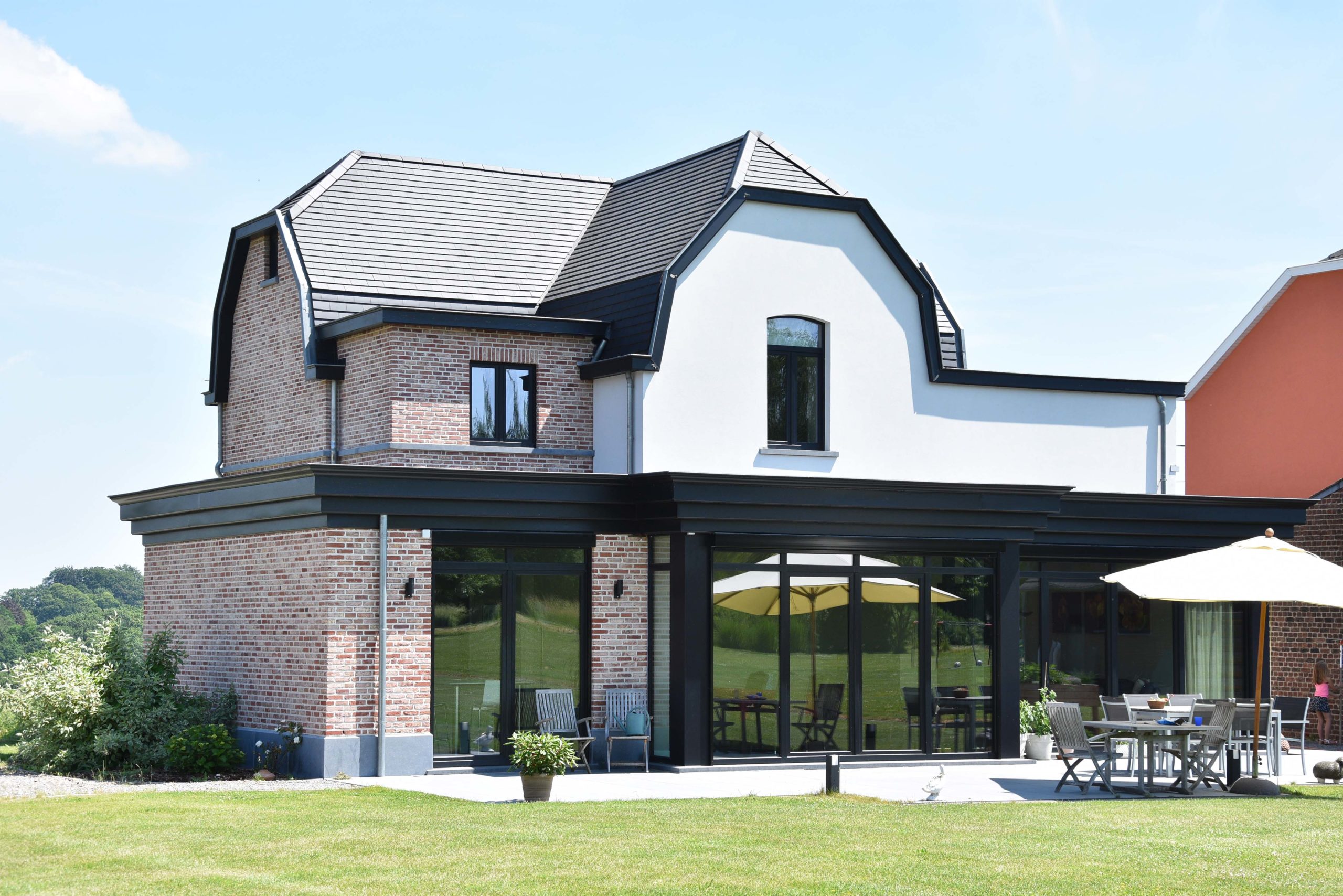A house with a story
This house built with the brick ‘Kempisch klompje’ is situated in the beautiful, rural Hoeilaart. A house with a story, as it turns out. After a pleasant conversation with the owner of this beautiful house, we learn that this house was built in 1920 by his grandfather. A ‘serried house’, like many in this beautiful region (Overijse, Hoeilaart, Huldenberg, Tervuren). This name refers to the houses that the grape growers had built in the 1920s.
Glass village
Grape growing made this region very rich in the 1900s to 1970s. What began in 1986, when Felix Sohie built the first grape greenhouse, has grown over the years into a region of glass villages. The peak was in the year 1961, when the grape region was covered with about 33,000 greenhouses, of which 13,000 in Hoeilaart. Hoeilaart was given the name of ‘glass village’.
The decline
Around 1962, the decline began with the arrival of the European Economic Community (EEC), which provided the import of grapes from southern countries. Then came the oil crisis in 1973, quickly followed by the oil crisis in 1979.
The high cost of fuel oil combined with foreign competition meant that many glasshouses had to close their doors.
The Belgian grape today
Younger growers soon invested in computer-controlled companies, and today there are still about 15 companies in the region that grow grapes. The Belgian grape has not lost any of its quality.
Renovation and extension of the house
In the meantime, our client’s house was renovated and extended. A combination of crepi and the brick ‘Kempisch klompje’ was used. Once again, a very successful realisation by architect Christine Ceuppens. At the back of the large garden, there used to be greenhouses. Currently, the house has an idyllic view over the well-kept large garden and the green landscape in the beautiful region of Hoeilaart.
Click here to see all the photos of this project.

